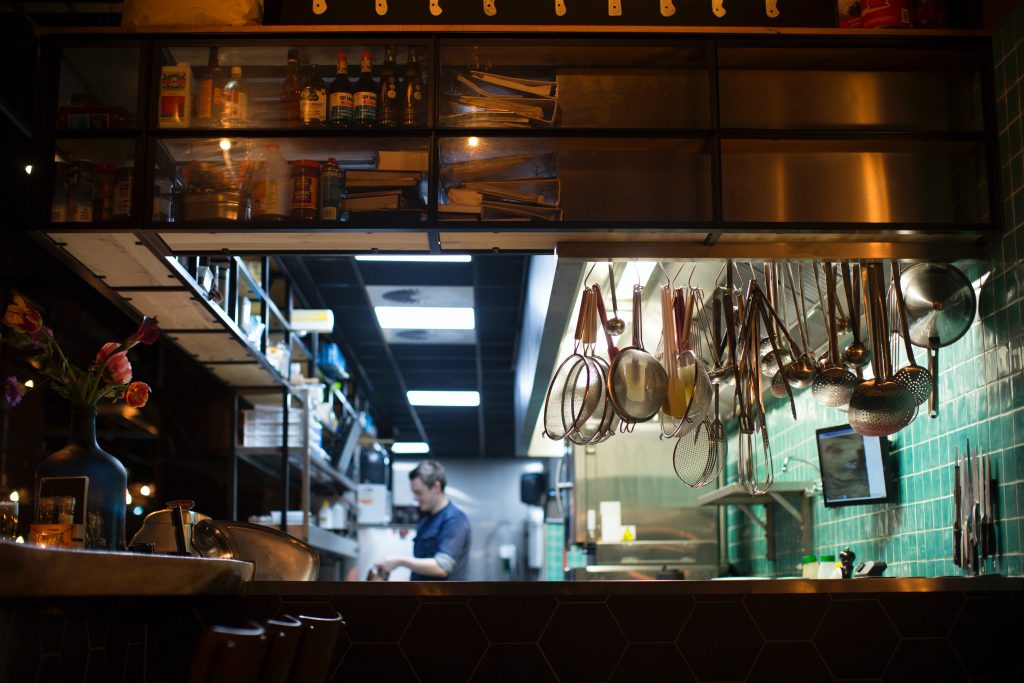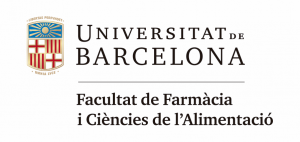Ever heard of the term “dark kitchen”? Check out our recent interview with Professor Fernando Alegría, MBA where he explains this new, rapidly growing business model.
What is a dark kitchen?
Also called ghost, cloud or virtual kitchens (along with a few other names, although with slightly different meanings), dark kitchens are mainly establishments where food is prepared and consumed outside the premises, therefore are not meant to have sitting in customers.
How did they originate?
Well, there are a few factors that have favoured the development of dark kitchens, so let’s briefly review them, so we can better understand the context.
Obviously, delivery or take-away in food are not new concepts.
They are options that have been around for years, for both, big chains such as McDonald’s and Domino’s Pizza, but also for smaller or local restaurants.
So, what’s new then?
What is new is the emergence of the gig-economy-food-delivery or enterprises such as Deliveroo, Glovo (a Spanish start-up), Uber Eats, etc, that combine technology for optimising order taking, payments, pick-up, routing, etc.
These enterprises were very instrumental for those food businesses that didn’t have delivery or take-away in their original proposition, but decided to “take the plunge” into this activity due the low set up cost of operating with one of the above companies.
Obviously, some restaurant chains that were already working with delivery or take away also saw their delivery business expand due to the very strong marketing focus of these food delivery platforms.
But why do dark kitchens come into the picture?
At one point, for some restaurants, “the cooking for delivery” started to interfere with the sitting-in customer operations.
Other restaurants, that were already serving delivery, wanted to get closer to areas where a critical mass of customers were ordering food from, but they did not want to open a new “brick and mortar” restaurant (with all the implications associated) in that area.
That is why different a variety of restaurants decided to run part of their operations from these dark kitchens.
Does it mean that all dark kitchens are linked to an existing restaurant?
Not necessarily. For the examples mentioned above, yes, starting a dark kitchen was mainly or solely for serving their expanding take away or delivery business.
However, because of the strong marketing focus of some of the food delivery platforms, it was also possible to create “virtual restaurants” which are those that do not have a “brick and mortar” restaurant associated, but exist online. Obviously, because food needed to be prepared somewhere, they chose one of these dark kitchens.
What do you think is the outlook for this kind of kitchens in Spain?
Clearly, during the pandemic, many of these dark kitchens saw their operations skyrocket. Of course, those restaurants that already had delivery put all their efforts in this activity in order to survive.
For some others that didn’t have a delivery service implemented, they were fast to initiate this service, pivoting to offer food prepared at their existing premises or doing it from dark kitchens.
In 2018, Spanish households were spending 13% of their income on eating out vs. a 7% for the whole Europe, therefore, eating out is very much ingrained in Spanish and Mediterranean culture overall.
Since we are slowly getting back to some sort of “normality” it is hard to predict if restaurants will go back to their previous level of activity or at what pace they will return, given some re-opening restrictions and concerns from the customers’ side.
It is also hard to predict if consumers will continue to request food delivery at a very high rate or how many have picked up new cooking skills that they will continue to put in practice. However, what it seems clear is that dark kitchens are here to stay and they will continue to keep a significant part of the out of home food preparation.
Interested in learning more about the latest innovations in the food industry? Stay tuned for more blog posts coming soon!

And for more information on the UB Food Studies & Gastronomy Program, feel free to reach out via our contact form.



